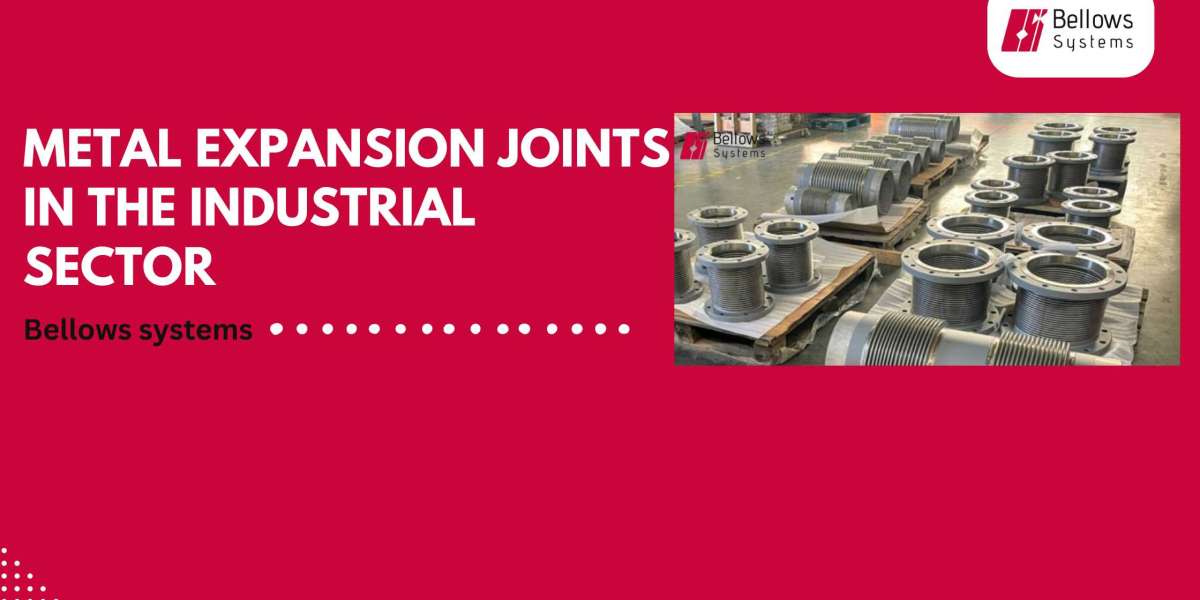Metal expansion joints are used in a wide variety of industrial applications to compensate for thermal expansion, vibration, and misalignment. They are essential for ensuring the safe and reliable operation of piping systems in a variety of industries, including:
- Oil and gas: Metal expansion joints are used in oil and gas pipelines to accommodate the thermal expansion and contraction of the pipe due to changes in temperature. This helps to prevent the pipeline from buckling or bursting, which could lead to leaks or spills.
- Chemical processing: Metal expansion joints are used in chemical processing plants to accommodate the vibration and movement of piping systems. This helps to prevent damage to the piping and the equipment it connects to.
- Power generation: Metal expansion joints are used in power plants to accommodate the thermal expansion and contraction of piping systems. This helps to ensure the safe and reliable operation of the plant's turbines and generators.
- Water treatment: Metal expansion joints are used in water treatment plants to accommodate the movement of piping systems. This helps to prevent damage to the piping and the equipment it connects to.
There are many different types of metal expansion joints available, each with its own advantages and disadvantages. The type of metal expansion joint that is best suited for a particular application will depend on the specific requirements of the application.
Some of the most common types of metal expansion joints include:
- Axial expansion joints: These joints are designed to accommodate axial movement, or movement in a straight line. They are typically used in pipelines where the length of the pipe is likely to change due to changes in temperature.
- Angular expansion joints: These joints are designed to accommodate angular movement, or movement in a curved path. They are typically used in pipelines where the direction of the pipe is likely to change due to changes in the layout of the plant.
- Lateral expansion joints: These joints are designed to accommodate lateral movement, or movement perpendicular to the axis of the pipe. They are typically used in pipelines where the pipe is likely to be subjected to lateral forces, such as from earthquakes or traffic.
- Universal expansion joints: These joints are designed to accommodate a combination of axial, angular, and lateral movement. They are typically used in pipelines where the pipe is likely to be subjected to a variety of movements.
Metal expansion joints are an essential component of many industrial piping systems. They help to ensure the safe and reliable operation of these systems by compensating for thermal expansion, vibration, and misalignment. By understanding the different types of metal expansion joints and their applications, engineers can select the right type of joint for a particular application and ensure the long-term performance of the piping system.
Benefits of Using Metal Expansion Joints
There are many benefits to using metal expansion joints in industrial applications. These benefits include:
- Reduced stress on piping systems: Metal expansion joints help to reduce the stress on piping systems by absorbing thermal expansion and contraction. This can help to prevent leaks and spills, and extend the lifespan of the piping system.
- Improved safety: Metal expansion joints can help to improve safety by preventing damage to equipment and personnel. For example, they can help to prevent pipelines from buckling or bursting, which could lead to leaks or spills.
- Increased reliability: Metal expansion joints can help to increase the reliability of piping systems by preventing downtime due to leaks or damage. This can save businesses money in the long run.
- Improved efficiency: Metal expansion joints can help to improve the efficiency of piping systems by reducing the amount of energy required to pump fluids through the system. This can save businesses money on their energy bills.
Conclusion
Metal expansion joints are an essential component of many industrial piping systems. They offer a number of benefits, including reduced stress on piping systems, improved safety, increased reliability, and improved efficiency. By understanding the different types of metal expansion joints and their applications, engineers can select the right type of joint for a particular application and ensure the long-term performance of the piping system.





